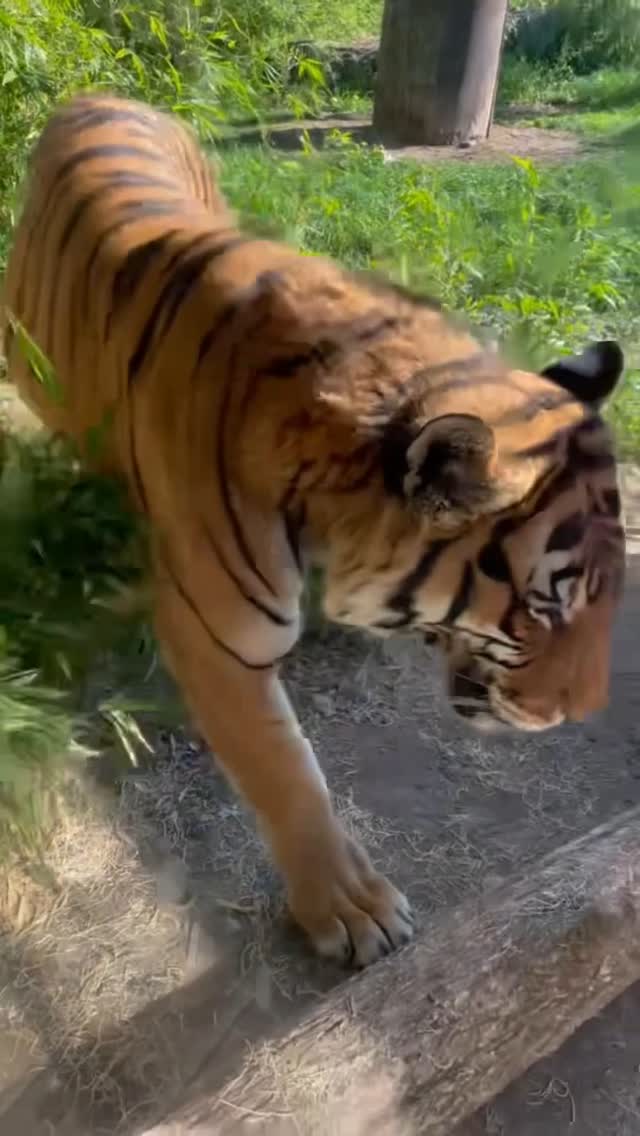- The concept of Malayan tigers “making biscuits” and the behaviors this phrase describes in big cats.
- The natural behaviors of Malayan tigers, including their social structure and communication habits.
- Conservation efforts and challenges faced by Malayan tigers in their native habitats.
- The physiological features and adaptations of Malayan tigers that distinguish them from other tiger subspecies.
- The role of zoos and wildlife reserves in the preservation and awareness of Malayan tigers.
Behavior and “Biscuit Making”
The playful notion of Malayan tigers “making biscuits” draws from an observation seen in domestic cats. This phrase, often used to describe the kneading action cats perform with their paws, reflects a comforting behavior. For house cats, this is believed to be a relic of kittenhood, where kneading helps stimulate milk production from the mother. In Malayan tigers, similar behavior has been observed, though it is less frequent and not fully understood.
In the wild, Malayan tigers may engage in similar motions when interacting with their environment. These behaviors can be seen in actions such as preparing a resting spot by patting down grass or leaves, much in the way domestic cats might knead a blanket. Although they don’t “bake,” these movements serve key functions, including marking territory and building comfort.
Natural Behaviors and Social Structure
Malayan tigers are solitary creatures, unlike lions, which are known for their pride-based social structures. This solitary nature governs their interactions and territorial behaviors. They communicate through scent markings, vocalizations, and visual signals. Scent marking involves urine spraying and scratch marks on trees, a crucial part of maintaining territorial boundaries and signaling mating readiness.
These tigers are primarily nocturnal hunters, relying on stealth and strength to capture prey. Their acute sense of smell and night vision are adaptations that aid their survival in dense forests and mountainous regions. Understanding these natural behaviors is essential for effective conservation and management strategies.
Conservation Efforts and Challenges
Malayan tigers (Panthera tigris jacksoni) are critically endangered, with their population numbers in the wild estimated to be fewer than 200 individuals. Conservation efforts are challenged by habitat loss due to deforestation, human-wildlife conflict, and illegal poaching. The loss of habitat not only reduces their roaming territory but also depletes their prey base, intensifying challenges for survival.
Organizations such as WWF and other wildlife conservation agencies work tirelessly to establish protected areas and promote anti-poaching laws. Environmental education programs aimed at local communities also play a pivotal role in conservation, fostering coexistence between humans and tigers by promoting sustainable agricultural and land-use practices.
Physiological Features and Adaptations
Among the various tiger subspecies, the Malayan tiger is particularly adapted to the tropical climate of Malaysia’s forests. They have a more compact size compared to other tigers like the Siberian tiger, an adaptation to their dense forest habitat, which requires agility rather than brute size for navigating the undergrowth. Their distinctive black stripes on a reddish-orange coat provide perfect camouflage in their natural habitat.
These adaptations reflect their evolutionary path and highlight their role as apex predators within their ecosystem. The health of their populations serves as an indicator of the overall health of their environment, making their conservation of great significance to the broader ecological balance.
Role of Zoos and Wildlife Reserves
Zoos and wildlife reserves are vital components of international conservation strategies for Malayan tigers. These institutions enable breeding programs that help maintain genetic diversity. By housing tigers in controlled environments, zoos can potentially bolster wild populations through carefully managed reintroduction programs.
Such environments also serve an educational purpose. They allow the public to learn about these magnificent creatures and the threats they face. Increased public awareness can drive support for conservation initiatives. Modern zoos focus not only on displaying animals but also on research, education, and the promotion of biodiversity.
In summary, while Malayan tigers might not literally make “biscuits,” their behavior and survival are intertwined with both their natural instincts and the efforts of conservationists worldwide. Understanding their unique place within the ecosystem underscores the necessity of protecting these majestic animals through informed and coordinated conservation strategies.
*****
Source Description
Do Malayan tigers “make biscuits”? You kneaded to know. While these big cats are definitely not house cats—they can bake!


